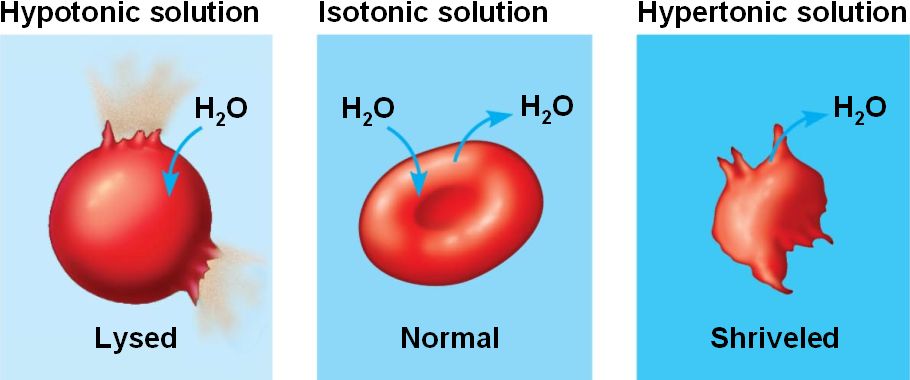
ActiveTransport
This is a live streamed presentation. You will automatically follow the presenter and see the slide they're currently on.
Loading

sbrady1
This is a live streamed presentation. You will automatically follow the presenter and see the slide they're currently on.
Movement of particles from high to low concentration
Facilitated Diffusion
Particles diffuse through a transport protein
Diffusion of Water only



Note: diffusion and osmosis are both passive, i.e. energy from ATP is not used.
Active transport is the energy-demanding transfer of a substance across a cell membrane against its concentration gradient, i.e., from lower concentration to higher concentration.
Special proteins within the cell membrane act as specific protein ‘carriers’. The energy for active transport comes from ATP generated by respiration (in mitochondria).
This is the movement of very large molecules (or particles, bacteria or other organisms) across the cell membrane. It involves the fusion of vesicles (containing the target/victim) with the cell membrane e.g. bacteria entering macrophages. Substances destined for secretion are packaged in the Golgi body first.
Na+/K+ pump
Using ATP as energy, transport proteins pump materials across the membrane.

1. 3 Sodium bind from inside the cell to a protein
2. A molecule of ATP binds to the protein
3. The protein changes shape and opens to the outside.
4. Sodium is released, and Potassium binds to protein from outside.
5. The protein returns to original shape and releases the potassium